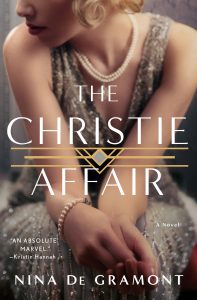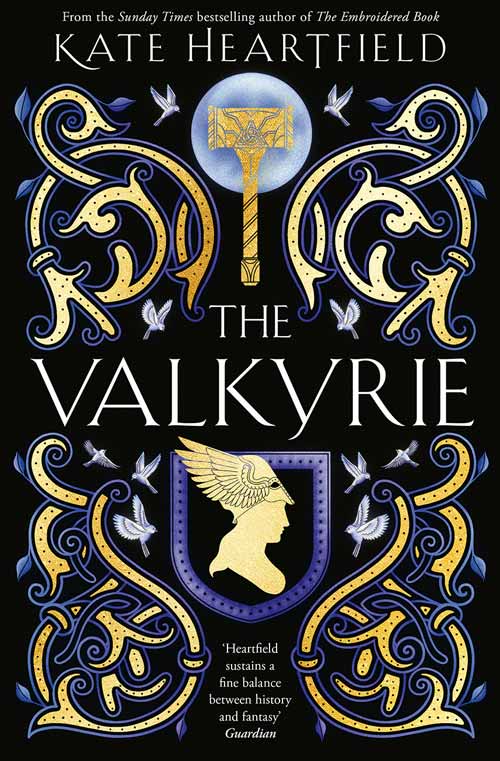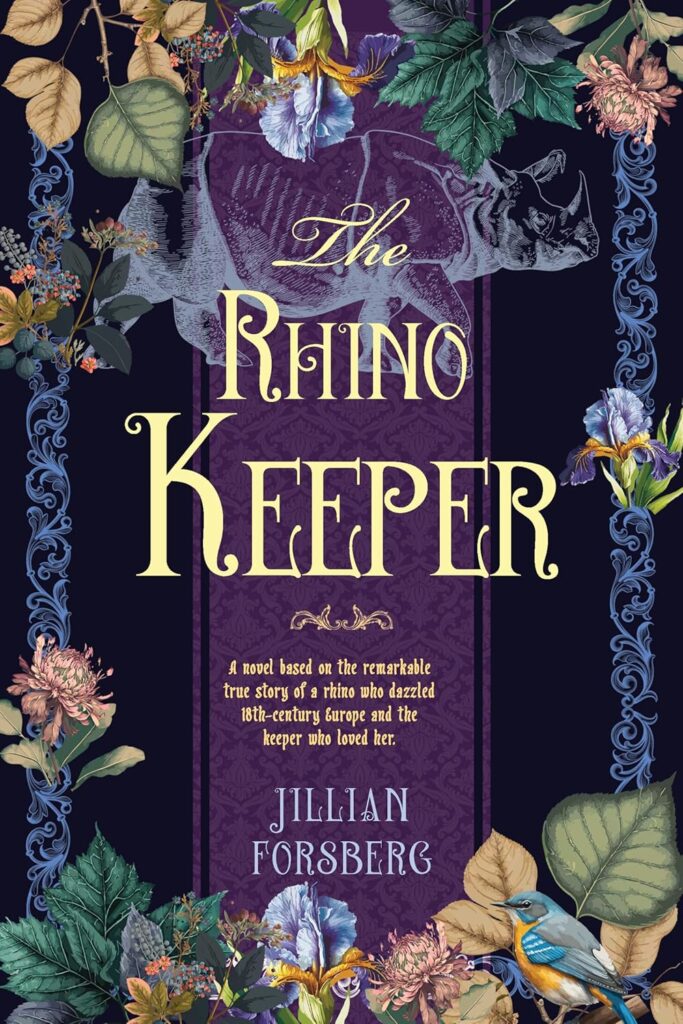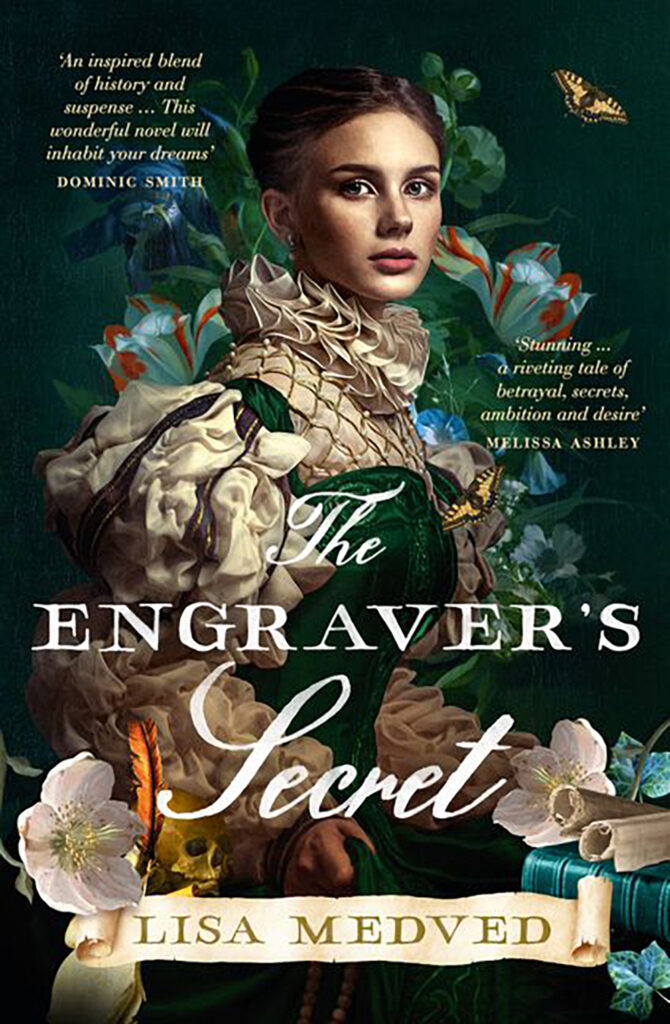Fallibility & Heartbreak: Nina de Gramont’s The Christie Affair
WRITTEN BY ELISABETH LENCKOS
 The Christie Affair by Nina de Gramont (St. Martin’s/Mantle, 2022) revolves around what is perhaps the most notorious escapade in Agatha Christie’s life. On 4 December 1926, Christie famously vanished from Styles, the country home in Berkshire where she resided with her husband, Archie. But although her disappearance kept the British public breathless—the involvement of Sir Arthur Conan Doyle, Edgar Wallace, and Dorothy Sayers adding piquancy to the chase—Christie refused to comment on the event when she was discovered at a spa hotel in Harrogate, Yorkshire eleven days later. She also failed to mention the incident in her autobiography, intimating that she preferred to forget the period in her life when, after a disagreement with Archie—he intended to leave her for his mistress—she took off on a journey to England’s North. Nor could (would?) she say with any certainty why she had checked into the hotel using the name of her husband’s lover, Nancy Neele.
The Christie Affair by Nina de Gramont (St. Martin’s/Mantle, 2022) revolves around what is perhaps the most notorious escapade in Agatha Christie’s life. On 4 December 1926, Christie famously vanished from Styles, the country home in Berkshire where she resided with her husband, Archie. But although her disappearance kept the British public breathless—the involvement of Sir Arthur Conan Doyle, Edgar Wallace, and Dorothy Sayers adding piquancy to the chase—Christie refused to comment on the event when she was discovered at a spa hotel in Harrogate, Yorkshire eleven days later. She also failed to mention the incident in her autobiography, intimating that she preferred to forget the period in her life when, after a disagreement with Archie—he intended to leave her for his mistress—she took off on a journey to England’s North. Nor could (would?) she say with any certainty why she had checked into the hotel using the name of her husband’s lover, Nancy Neele.
A writer of mysteries whose disappearance made as brilliant of a story as those she wrote, Agatha Christie accomplished a daring feat. Fed by her silence on the subject, speculation has since run rife as to whether she intended to cause a scandal or whether she truly suffered a breakdown accompanied by a loss of memory. Fascinatingly, The Christie Affair suggests that these two possibilities might not be mutually exclusive. Instead, the novel offers up a dual vision of Agatha Christie, the one “deeply, enormously, crazy-makingly heartbroken,” the other “the architect of her own disappearance.” As De Gramont explains:
“Agatha Christie was the architect of her own disappearance. Historically, that hasn’t been the case for the majority of women who go missing. For centuries women have disappeared because of violence, or because of a society determined to contain them and conceal sexual impropriety… As evidenced in her novels, Agatha had great sympathy for human foibles, even those that drive people to do terrible things.”
De Gramont possesses an intuitive insight into the complexity of Christie’s talent and the fact that she was both a master of detective fiction and an astute portraitist of human fallibility, her twin talents honed during her marriage to Archie and the suffering caused by his lack of loyalty. “I’m interested in the kind of heartbreak that makes you want to escape your own skin,” De Gramont adds, “to disappear.”
Therefore, The Christie Affair offers readers something far more captivating than a mere re-imagining of the author’s flight to Harrogate, providing instead a character study of two very different women—Agatha Christie and Nancy Neele (Nan O’Dea in the book)—in their opposing positions as celebrated writer and obscure lover, privileged wife and ostracized mistress. Into this clash of roles and personalities, De Gramont weaves a genius twist, an absorbing murder mystery with a lot of moving parts and a fabulous cast of protagonists. The great achievement of The Christie Affair consists in elevating Nan O’Dea above the stereotypical conniving gold digger readers might expect her to be, allowing her instead to come across as to a deeply thinking and feeling—if also misguided—woman, who has a very surprising, and far more compelling reason for destroying the Christies’ marriage than might be assumed. Intriguingly, it is motherhood, rather than romance, which holds the key to unlocking the mystery. As Nina de Gramont puts it eloquently:
“The word ‘mistress’ or ‘other woman’ conjures instant and understandable animosity. Especially when the wife is as beloved a figure as Agatha Christie. I knew it would be a challenge to get readers to attach to Nan. I tried to give her voice an awareness of, and regret for, the hurt she was causing. Nan is telling her story—and Agatha’s—as a means to absolve herself. To do that she has to explain what she has gone through, what she hopes to achieve, and all the great disadvantages she’s been working against from the start. Agatha Christie’s position in the world lets her be any kind of mother she wants to be. Whereas Nan, with no power or resources, has no choices at all. That’s the greatest divide between them and hopefully what helps the reader empathize with Nan and understand her desperation to right the wrongs that have been done to her.”
In addition to Nan O’Dea, The Christie Affair features a romantic sister-plot that centres on the author using her visit to Yorkshire to come to terms with Archie’s dereliction and to fall in love herself. The male detective, Chilton, who is out looking for Christie and sustains her, turns out to be a brilliant literary creation, someone one could see returning in future novels. When asked to comment on him, De Gramont had this to say:
“She [Christie] certainly deserved a happy and romantic interlude, after all her husband had put her through! I have a theory that Agatha Christie created Hercule Poirot as an antidote to Archie, who couldn’t be bothered with other people’s emotions. Archie wasn’t analytical or sympathetic. He just wanted everyone to be happy so they wouldn’t bother him with their troubles. So, she created a man who with one glance detects a person’s greatest secret and deepest sorrow. Poirot sees the beauty in everyone and forgives them their faults even as he gets to the root of them. I wanted to create a real person like that for her—someone sweet and caring—to help her get to the other side of her grief over Archie. She claimed not to be interested in romance, but I felt like there are enough clues in her novels for me to create her perfect rebound man. Or maybe Chilton is everyone’s perfect rebound man? I certainly hope so.”
Whether it is Chilton, Nan O’Dea, or Agatha Christie, De Gramont brings these personalities to sparkling life. Her novel is a fine work of fiction that has much to recommend it to lovers of detective stories with a social and gender twist, and to those who believe in second chances. Wearing its feminism lightly on its sleeve, The Christie Affair is a wonderful study of the terrible antagonisms, as well as the intimate ties, that exist between wives and mistresses, and how each group might turn the tables upon the other. Prepare to be surprised.
About the contributor: Dr. Elisabeth Lenckos serves on the Social Media Team for the Historical Novel Society. She is at work on a novel about a German Jewish family in twentieth-century Berlin.
Published in Historical Novels Review | Issue 99 (February 2022)






